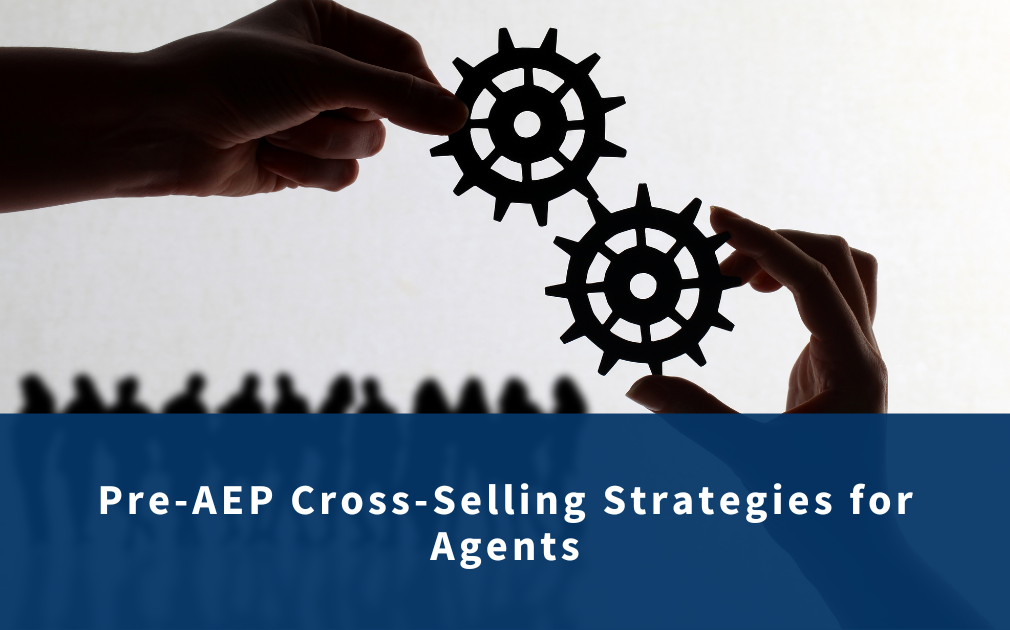
What Certifications Are Required to Sell Medicare During AEP?
Understanding Medicare Certification Requirements for AEP
If you’re planning to sell Medicare plans during the Annual Enrollment Period (AEP), you need more than just good intentions, you need the right certifications. But with so many acronyms and deadlines floating around, it can be tough to know exactly where to start in the Medicare certification AEP process. That’s why we’re breaking it all down for you in one place.
At Premier Insurance Partners, we’ve helped thousands of agents stay compliant, contract with top carriers, and succeed during AEP. Here’s what you need to know.
Why Medicare Certification For AEP Matters
Before you can sell Medicare Advantage (MA) or Part D (PDP) plans, you must complete specific training. These certifications aren’t optional; they’re your license to sell.
Staying CMS-Compliant
The Centers for Medicare & Medicaid Services (CMS) regulates how Medicare products are marketed and sold. Certification ensures you understand the latest rules and are authorized to discuss and enroll clients in Medicare plans during AEP.
Avoiding Disqualification from Carrier Contracts
Most carriers won’t allow agents to represent their plans without proof of certification. Missing the Medicare certification AEP deadline could mean missing out on contracts, commissions, or worse, being blocked from selling entirely.
Overview of AHIP Certification
What Is AHIP?
America’s Health Insurance Plans (AHIP) is the most widely recognized certification for Medicare sales. It’s a required training program for most carriers and covers Medicare basics, compliance rules, marketing guidelines, and fraud prevention.
When and How to Get Certified
AHIP certification typically opens in late June each year. You can complete it online, and it includes five training modules followed by an exam. You must score at least 90% to pass, and you get three tries. Once certified, you can upload your results to the carriers you’re contracted with.
Carrier-Specific Certification Requirements
What to Expect from Carrier Training
Each carrier has its own certification requirements in addition to AHIP. These may include product-specific training, plan comparisons, compliance updates, and sales process overviews. Completing this training in the agent portal gives you the green light to sell that carrier’s plans.
Differences Between MA and PDP Training
Some carriers separate Medicare Advantage (MA) and Prescription Drug Plan (PDP) training modules. Be sure you complete both if you plan to sell both types of coverage. Missing even one step can limit your sales opportunities during AEP.
Timeline for Completing Certifications
When Does AHIP Open Each Year?
AHIP certification usually becomes available around the last week of June. The earlier you start, the better your chances of securing contracts and being ready to sell by October 1, when marketing to clients can officially begin.
Key Deadlines to Watch
- June–August: AHIP and carrier training opens
- August–September: Carrier-specific deadlines for uploading certifications
- October 1: Marketing to clients begins
- October 15–December 7: AEP selling period
Don’t wait until the last minute, delays can lead to missed opportunities.
Additional Training to Consider
NAHU and NABIP Certification Options
Besides AHIP, you can also complete Medicare certification AEP training through other organizations like NAHU (now NABIP). Some carriers even accept these as AHIP alternatives, and they can be more cost-effective depending on your contracts.
Local Market Training for Specific Plans
Some carriers or field marketing organizations (FMOs), like PIP, offer regional trainings to help you understand plan availability in your specific area. This online training access can give you a competitive edge with local knowledge, sales, and contracting support tools tailored to your market.
Common Mistakes to Avoid
Forgetting to Upload Certificates
Passing a certification is only part of the process, you also have to upload proof of completion to each carrier portal. Missing this step can cause delays or block your ability to sell entirely.
Waiting Too Long to Certify
Procrastination is a killer during AEP. Agents who wait until September to start their Medicare certification AEP training often find themselves rushed, confused, or locked out of contracts. Don’t let that be you.
FAQ
Q: What is Medicare certification AEP?
A: Medicare certification AEP refers to the training agents must complete to sell Medicare plans during the Annual Enrollment Period.
Q: Do I need AHIP certification to sell Medicare plans?
A: Yes, most carriers require AHIP certification as a baseline to sell MA or PDP plans.
Q: Are carrier certifications separate from AHIP?
A: Yes, each carrier typically has its own product-specific training on top of AHIP.
Q: When should I complete Medicare certification AEP requirements?
A: It’s best to complete your certifications by late summer to ensure access to all plans by October 1.
Q: Can I sell Medicare without completing certification?
A: No, you must be certified to present, market, or sell Medicare Advantage and Part D plans. Make sure you have updated compliance documentation just in case.
Final Thoughts
Selling during AEP is a huge opportunity, but only if you’re ready. Completing your Medicare certification AEP requirements early is one of the smartest moves you can make. At Premier Insurance Partners, we help you stay ahead of deadlines, stay compliant, and stay competitive.
Need help getting certified or contracting with top carriers? Let’s connect.
Here at Premier Insurance Partners, we make selling insurance easy no matter where you are in your insurance career. We prioritize providing in-depth training to our sales agents to help their clients and grow your business. Find the best rate for your clients with our Medicare software for our top producers. Our annuity tool always offers the most recent changes. If you have any questions, please contact Premier Insurance Partners at 855-827-1661 or info@pip1.com.





